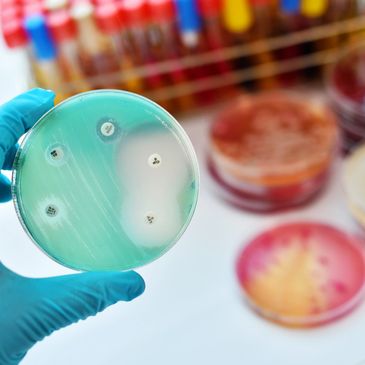Time-Kill Assay

Time-Kill Assay
Purpose: The primary purpose of a time-kill assay is to
Purpose: The primary purpose of a time-kill assay is to
A time-kill assay is a laboratory test used to evaluate the efficacy of antimicrobial agents, such as antibiotics or preservatives, against microorganisms. It measures the rate and extent of microbial killing over time.

Purpose: The primary purpose of a time-kill assay is to
Purpose: The primary purpose of a time-kill assay is to
Purpose: The primary purpose of a time-kill assay is to
1. Determine Antimicrobial Efficacy: Assess the effectiveness of an antimicrobial agent against a specific microorganism.
2. Compare Antimicrobial Agents: Compare the efficacy of different antimicrobial agents or concentrations

Methodology: A time-kill assay typically involves
Purpose: The primary purpose of a time-kill assay is to
Methodology: A time-kill assay typically involves
1. Microbial Inoculation: Inoculating a microbial culture with a known quantity of microorganisms.
2. Antimicrobial Exposure: Exposing the microorganisms to the antimicrobial agent.
3. Sampling and Analysis: Taking samples at regular time intervals to measure microbial viability.
4. Data Analysis: Plotting the microbial kill curve to determine the rate and extent of killing.

This website uses cookies.
We use cookies to analyze website traffic and optimize your website experience. By accepting our use of cookies, your data will be aggregated with all other user data.